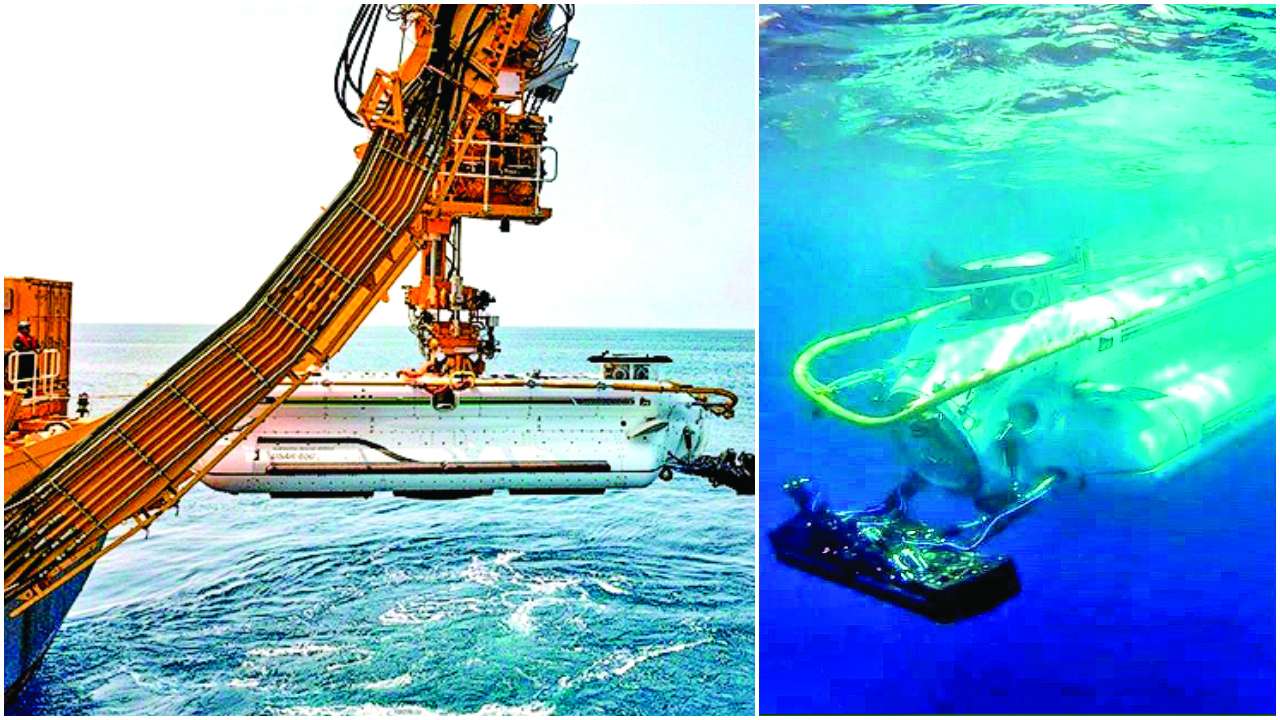
India has successfully transferred personnel from a submarine to a deep submergence rescue vehicle in what is known as "live mating" in naval lingo. The new skill will allow the Navy to rescue its members from a submarine if it gets disabled.
The test was carried out more than half a kilometre below the ocean surface off Visakhapatnam on June 2, the Navy said on Wednesday. The personnel were moved out from INS Sindhudhvaj submarine, which was the "distress submarine", using a DSRV.
"Live mating exercise is a historic achievement towards DSRV integration into the Indian Navy and would pave the way for the Indian Navy to emerge as a Submarine Rescue Provider in the Indian Ocean region," the Navy said in a statement.
The DSRV, which can be transported by truck, aircraft or a ship, can rescue personnel from a disabled submarine at depths of nearly 650 metres. It dives, locates the sub in distress, and attach itself to the submarine's hatches or access points.
The submarine's hatches are opened to allow the trapped personnel to move to the DSRV. The rescue vehicle then detaches itself from the submarine and transfers the rescued personnel to a support ship, which can be a specially modified submarine or a surface ship.
India had inducted the DSRV last year. The underwater vehicle with the Navy can rescue personnel from a disabled submarine up to a depth of 650 metres. With the DSRV, India plans to emerge as a centre of regional excellence for submarine rescue services, said the Navy.
DSRV is already being used by the US, Australia, China, Japan, Singapore, UK, South Korea, Russia, France, Norway and Italy.